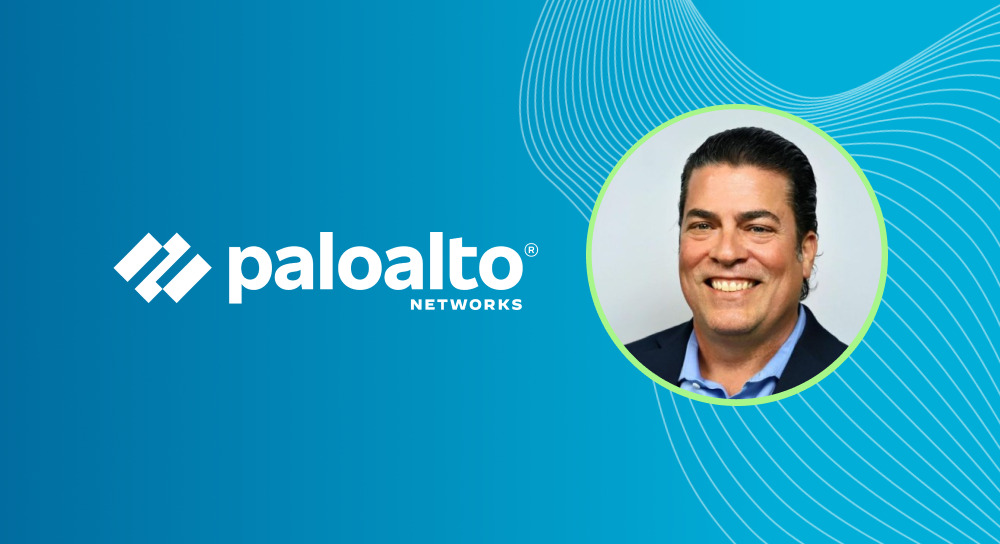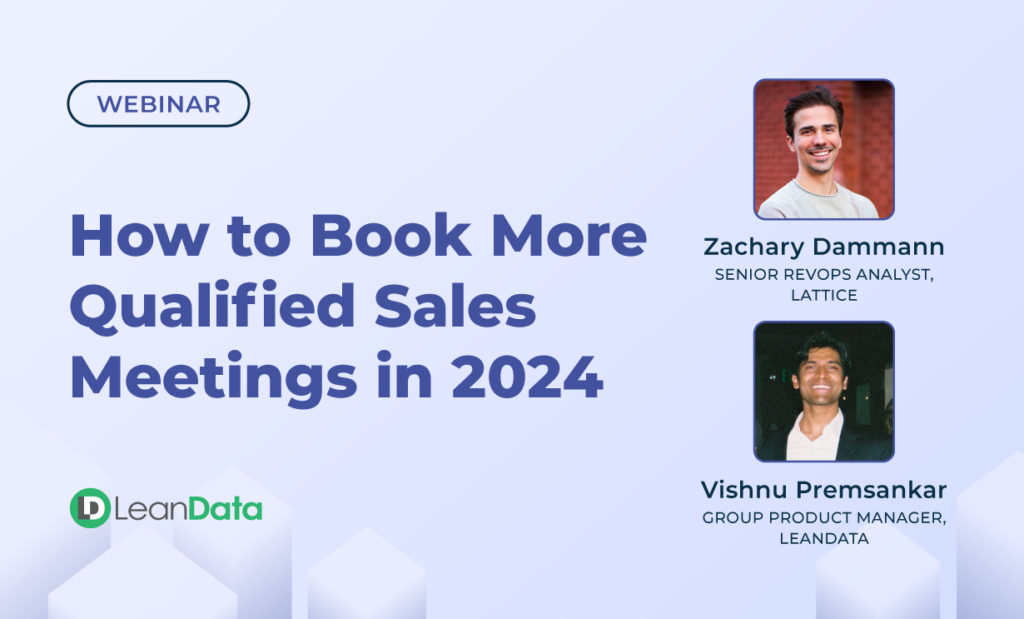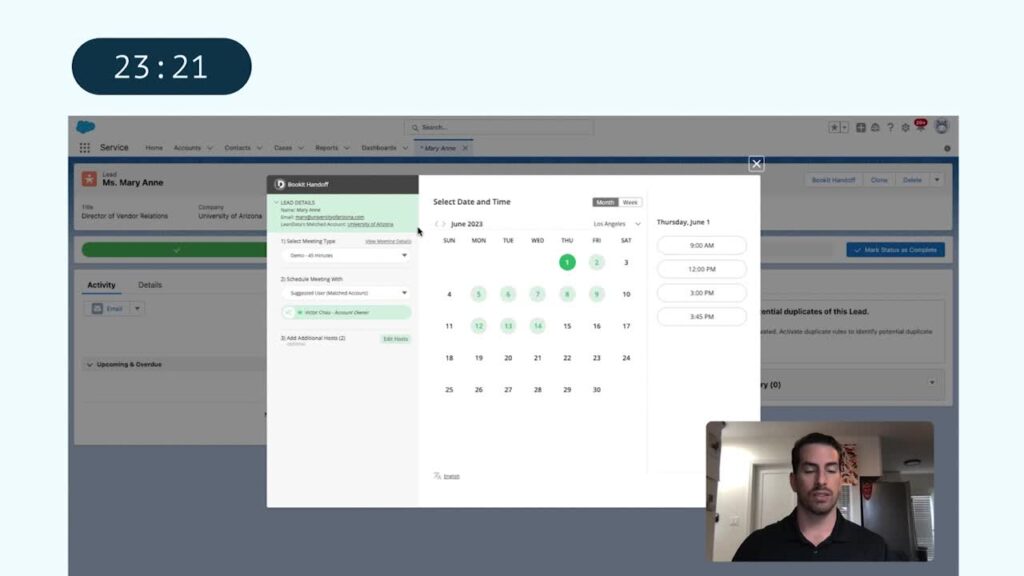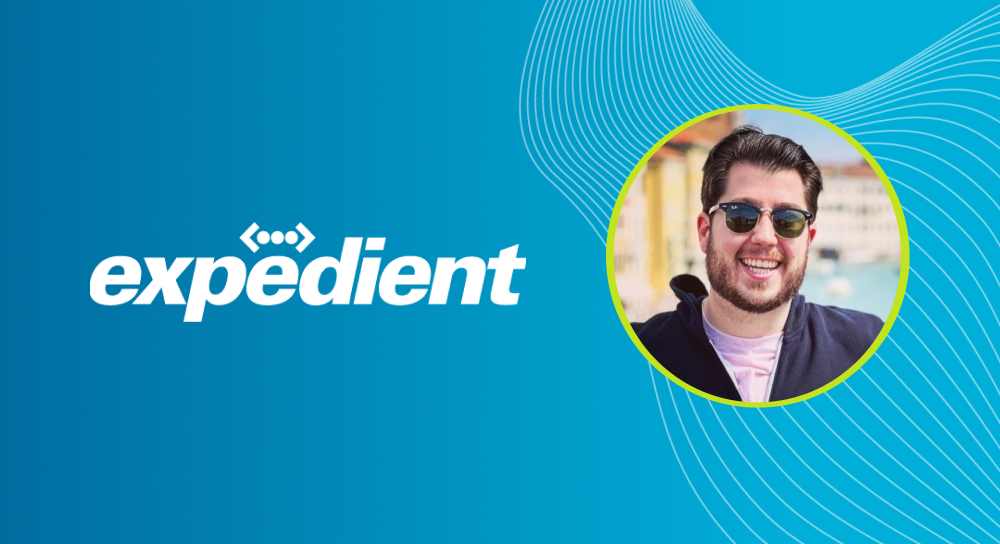Overview
Palo Alto Networks sells high-consideration cybersecurity products and services where the purchase decision is typically made by multiple individuals on a buying committee. However, existing demand generation efforts were based on one-buyer, lead-centric models that failed to recognize all members of a Buying Group. Faced with low lead conversion rates, wasted marketing effort, and friction between sales and marketing, they sought out new solutions that would improve lead quality, pipeline velocity, and ultimately drive more revenue. With the support of LeanData Revenue Orchestration, Palo Alto Networks’ pilot program of a Buying Groups motion demonstrated a significant positive impact on revenue.
- Industry
- Technology
- Location
- Santa Clara, CA
- Interview With
- Jeremy Schwartz, Sr. Manager, Global Lead Management & Strategy
Solutions
LeanData Orchestration
LeanData Routing
Results
15%
Improvement in revenue
2x
Closed won rate
20%
Improvement in MQL to Opportunity conversion rate
10x
Increase in pipeline progression
Founded in 2005, Palo Alto Networks is a global cybersecurity innovator helping organizations proactively manage cyber risk. With thousands of customers, Palo Alto Networks provides threat intelligence and better security outcomes through cloud-delivered security services, next-generation firewalls, network security platforms, code-to-cloud platforms, and AI-driven security operations platforms.
When Jeremy Schwartz joined Palo Alto Networks’ Marketing Operations team in 2023, the go-to-market strategy mirrored a traditional lead-centric approach. Leads entered the funnel through inbound, outbound, ABM and partner-led efforts, received a score, got passed onto the BDR team for further qualification, and were then handed off to sales.
This strategy posed multiple challenges.
Palo Alto Networks sells complex, multi-product lines and services. Their customer segments include the medical industry, government contracts, and diverse enterprise organizations. It’s a high consideration purchase that typically requires input from multiple individuals and stakeholders on a buying committee.
However, Palo Alto Networks’ revenue engine was set up to identify, nurture, and sell to individual Leads. It was not engineered to identify Buying Groups or nurture buying committee members from inquiry to close.
As a result, marketing qualified lead (MQL)-to-opportunity rates were low. In addition, Leads were often categorically disqualified if they matched to an Account with an Open Opportunity (aka second lead syndrome). This practice not only caused wasted marketing spend, but also ignored key decision makers and overlooked potential expansion opportunities within existing Accounts.
Given these challenges, Jeremy initiated a pilot program of a Buying Groups go-to-market motion. Over two quarters, he enlisted the support of internal teams, adjusted processes, and re-engineered technology while consistently measuring, iterating and refining their Buying Groups motion.
Their pilot proved that an Opportunity-focused Buying Groups motion triggers a powerful chain reaction: fewer canceled meetings, increased pipeline growth, accelerated deal progression, and ultimately, greater revenue.

Say Goodbye to Second Lead Syndrome
As a standard practice, Palo Alto Networks’ BDR teams disregarded a second Lead entering the buying journey from an Account with an Open Opportunity. However, by shifting to a Buying Groups motion, Palo Alto Networks put a stop to this revenue-losing “catch and release” scenario.
Jeremy says, “We noticed that oftentimes the first MQLs had the least influence. They were the employee who’s doing all the research. The second MQL might be the first MQL’s boss. Those senior level members of the buying committee may never score up, but they have the power to make the final decision. Our research showed us that there was definitely more than one Contact involved in our deals.”
By paying attention to second Leads, Palo Alto Networks was able to attach more members of a buying committee to an Opportunity, helping to move the deal forward faster. This also helped uncover other Buying Groups within an Account.

Saving Time and Money
In the early stages of the Buying Groups pilot, Palo Alto Networks’ BDR team formed Buying Groups manually in a multi-step process. After receiving an MQL, the BDR would look in Demandbase for more Contacts with buying signals with these two criteria: (1) the same product, and (2) from the same Account.
Then, after finding the desired personas, BDRs would enroll members of the Buying Group in Outreach sequences to increase engagement.
After receiving positive results, Palo Alto Networks used a combination of Marketo, Salesforce, internal IT builds, and LeanData routing to automate manual steps. These changes allowed them to scale their pilot into other markets and segments.
In addition, this automation took a five-minute BDR process down to five seconds, and, in certain scenarios, bypassed BDRS altogether.
Unblocking Stalled Opportunities
Using LeanData Revenue Orchestration, Palo Alto Networks now matches an incoming Lead to an existing Account, auto-converts the Lead to a Contact, attaches the Contact to an open Opportunity and automatically alerts the right account rep via email about the additional member in their Buying Group.
Jeremy says, “We’ve gotten great feedback from reps who say, ‘This is terrific. Thank you. I needed this person. The Opportunity was stalled’.”

Sales and Marketing Driving Revenue Together
The Buying Groups pilot has aligned marketing and sales around the same revenue goals in several ways:
- Marketing is now helping to generate new Contacts for existing Opportunities.
- Sales likes receiving Opportunities with more Contacts on them.
- Sales feels they are receiving better quality Opportunities.
Measuring Success
Throughout the pilot, Palo Alto Networks consistently evaluated metrics like buying group size, deal size, and revenue.
Building on these core metrics, Marketing Operations worked with their data science team to build out dashboards to show adoption, impact, and Buying Group “completeness.” This unique metric, the number of known members in a Buying Group divided by the number of desired members, became a key indicator of pipeline health.
Learnings from Palo Alto Networks’ Buying Groups Pilot
For organizations considering a Buying Groups motion, Jeremy shared the following advice:
- Securing executive buy-in from the beginning is not mandatory, but highly recommended. Having an executive sponsor will increase prioritization and support from the teams impacted by a Buying Groups motion.
- Follow a people, process, and systems approach. First, talk to the people involved in the processes impacting a Buying Groups motion. Find out how they do their job. Mapping out system changes is the last step to implementing a Buying Groups motion.
About Palo Alto Networks
Palo Alto Networks (NYSE: PANW) is a global cybersecurity leader, providing next-gen cybersecurity to thousands of customers, across all sectors. Their best-in-class cybersecurity platforms and services are backed by industry-leading threat intelligence and strengthened by state-of-the-art automation. Whether deploying their products to enable the Zero Trust Enterprise, responding to a security incident, or partnering to deliver better security outcomes through a world-class partner ecosystem, Palo Alto Networks is committed to helping ensure each day is safer than the one before.












